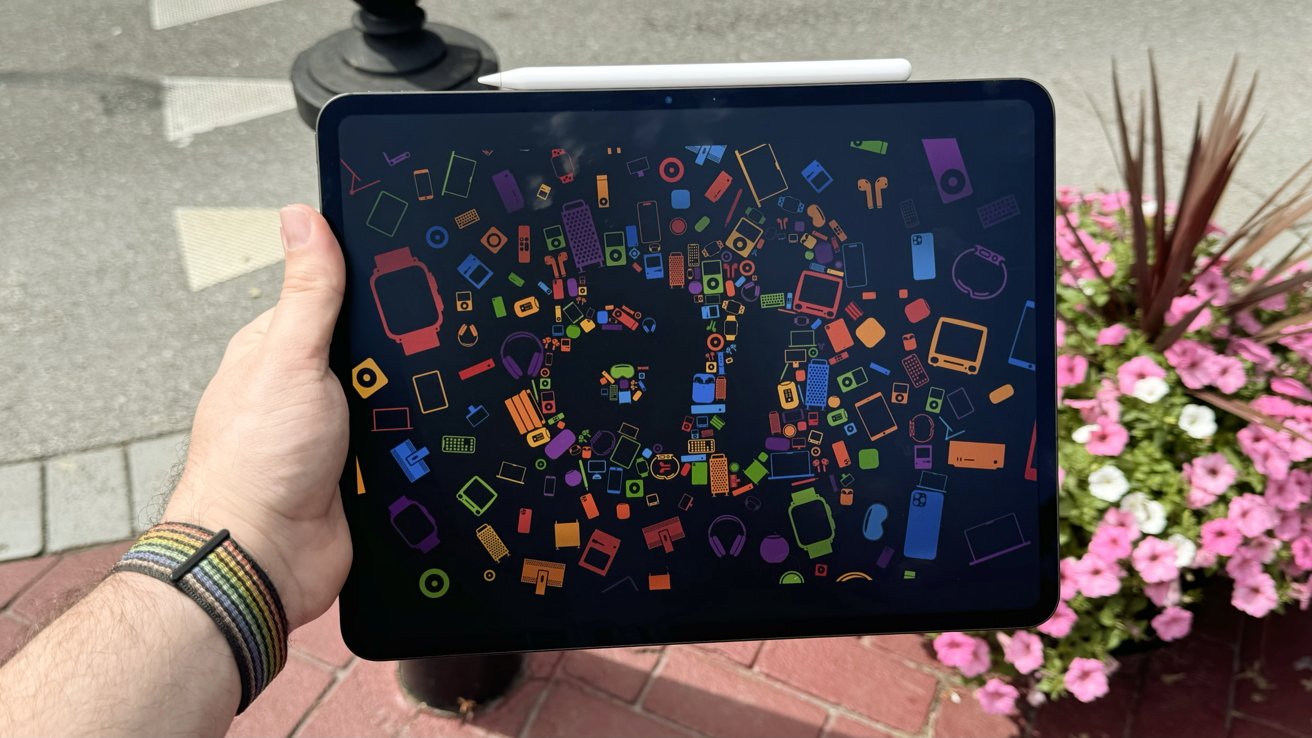For years, rumors have swirled about Apple’s ambition to expand its health offerings beyond fitness tracking and basic data collection. Whispers of a comprehensive wellness service, leveraging the power of artificial intelligence, have persisted, hinting at a future where Apple devices actively guide users towards healthier lifestyles. Now, these whispers are growing louder, suggesting a potential launch as soon as 2025.
This isn’t just about counting steps or monitoring heart rate. The rumored service aims to provide personalized coaching, drawing on data gathered from Apple Watches and other devices to offer tailored recommendations for exercise, nutrition, and sleep. Imagine an AI companion that analyzes your daily habits and proactively suggests adjustments to improve your overall well-being.
This personalized approach is key. Unlike generic fitness apps or pre-recorded workout videos, this service would adapt to individual needs and preferences. By analyzing data like sleep patterns, activity levels, and even potentially dietary information, the AI could create custom programs to address specific areas for improvement.
Think of it as a virtual health coach, constantly monitoring your progress and providing guidance along the way. Perhaps it suggests a modified workout routine based on your recovery, or recommends healthier meal options based on your dietary logs. It might even use the device’s camera to analyze your form during exercise, offering real-time corrections similar to some high-end fitness equipment.
This holistic approach differentiates it from Apple Fitness+, which primarily focuses on providing workout content. This new service would take a broader view, encompassing all aspects of health and wellness. It’s about more than just exercising; it’s about creating sustainable lifestyle changes.
The potential name of this service remains a mystery. While “Apple Health+” might seem like a natural fit, reports suggest it will be a standalone app, making a different name more likely. “Apple Coach” or “Apple Wellness” are possibilities, but Apple could choose something entirely different.
The integration of this service into Apple One, Apple’s subscription bundle, seems almost certain. Apple One currently offers various tiers, combining services like Apple Music, Apple TV+, iCloud+, and Apple Arcade. The highest tier, Apple One Premier, adds Apple Fitness+ and Apple News+. Adding a comprehensive wellness service would significantly enhance the value proposition of Apple One, particularly the Premier tier. It could be the deciding factor for many users considering upgrading to the higher-tier plan.
The timing of this potential launch aligns with Apple’s growing focus on artificial intelligence. With the introduction of new AI features in recent iOS updates and further advancements expected in the coming years, the groundwork is being laid for a sophisticated, data-driven wellness service.
Furthermore, Apple is reportedly planning a significant overhaul of its Health app and is expected to introduce new health-related features in upcoming hardware releases, such as advanced health monitoring capabilities in future AirPods and Apple Watch models. This influx of new data points will provide the AI with even more information to personalize recommendations and create effective coaching programs.
This convergence of AI advancements, hardware improvements, and software updates suggests that 2025 could be the year Apple unveils this ambitious wellness service. It represents a significant step beyond simply tracking health metrics; it’s about actively empowering users to take control of their well-being through personalized guidance and intelligent insights.
Restoring Control: Reclaiming the “Off” Mode for Your AirPods Pro
A recent change to AirPods Pro noise control settings has caused some confusion and frustration among users. With the release of iOS 18, Apple initially removed the “Off” mode, leaving users with only Active Noise Cancellation, Transparency mode, and Adaptive Audio. This meant that users no longer had the option to completely disable noise control.
This change prompted many users to seek a solution, and thankfully, there’s a simple way to restore the “Off” mode. By navigating to the AirPods Pro settings within the Settings app and toggling on the “Off Listening Mode” option, users can once again access the full range of noise control options.
However, with the release of iOS 18.1 and the introduction of new hearing health features for AirPods Pro 2, another change emerged. Even with the “Off” mode restored, AirPods Pro 2 would automatically switch to Transparency mode whenever they were placed in the ears.
This behavior is linked to the new hearing protection feature. Apple explains that when the “Off” mode is enabled, the hearing protection feature is disabled. To address this, another setting adjustment is required. By navigating to the Accessibility settings, then to AirPods and Beats, and finally toggling off “Turn Off Loud Sound Reduction,” users can regain full control over the “Off” mode. With this setting disabled, AirPods Pro 2 will remain in the “Off” mode until manually changed.
It’s important to understand that when the “Off” mode is active, the hearing protection feature is disabled. This means that harmful environmental noise will not be reduced.
While some users might prefer to always use Active Noise Cancellation or Transparency mode, the “Off” mode offers certain advantages. Disabling all noise control features can conserve battery life, which can be beneficial in certain situations. Ultimately, the choice of which mode to use depends on individual preferences and needs.
While Apple has made significant strides in noise cancellation and transparency technology, having the option to completely disable these features provides users with greater flexibility and control over their listening experience.








